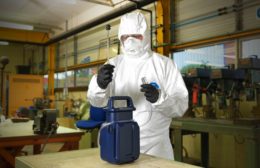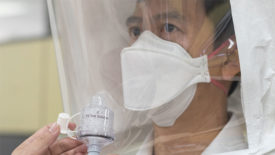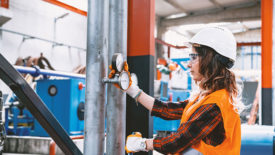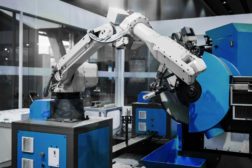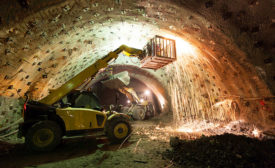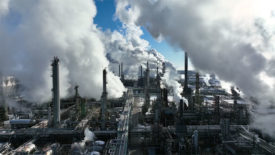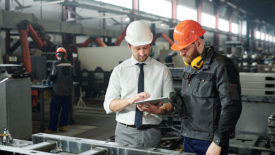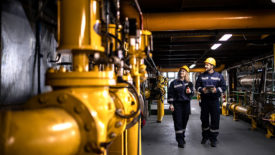Industrial Hygiene
Image Gallery
Lots to learn at AIHce 2023
Annual conference and expo offers educational opportunities, time to unwind and networking
May 31, 2023
Connected worker practices can transform worker safety
Adopt a platform approach to curb fatal injuries
May 22, 2023
Get our new eMagazine delivered to your inbox every month.
Stay in the know on the latest safety trends.
SUBSCRIBE TODAYCopyright ©2024. All Rights Reserved BNP Media.
Design, CMS, Hosting & Web Development :: ePublishing
